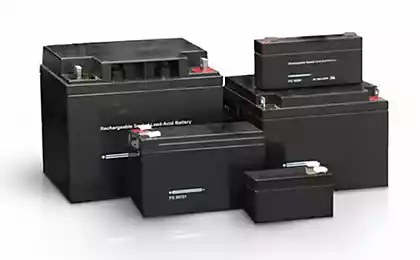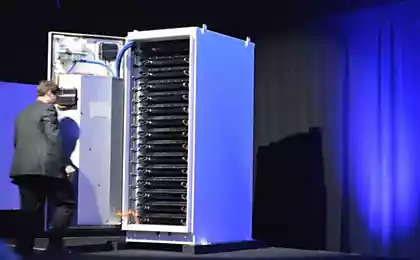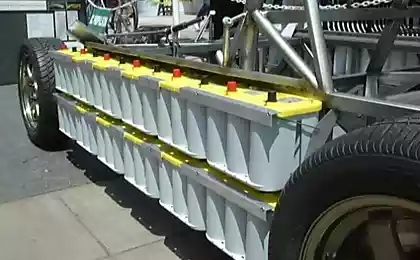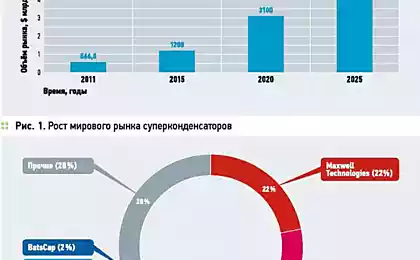1662
Using the old battery from the laptop as a source of energy and light: an interesting project from India
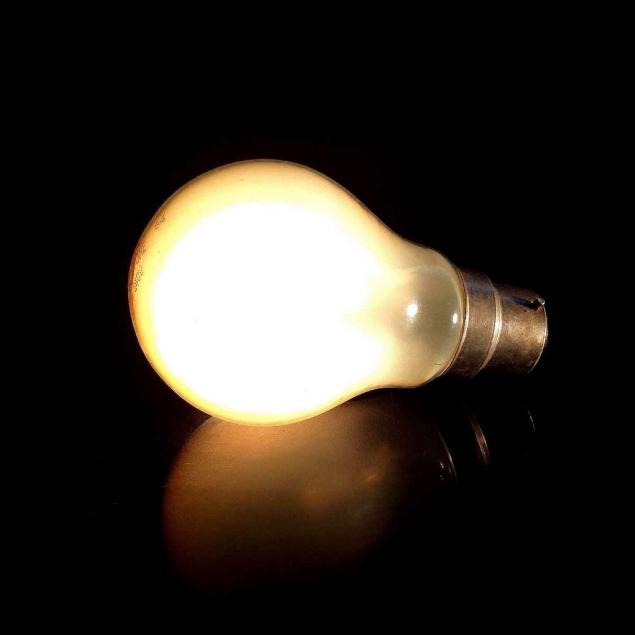
A team from India, led by an expert IBM Викасом Chandan , has found an interesting way to recycle old batteries of laptops. This method allows you to perform two tasks simultaneously: Dispose of old batteries laptops, and give people a source of light and energy.
It is about creating affordable and easy to use device, dubbed UrJar. Name - a play on words. Hindi urja - this "energy" and jar - «box." Inside UrJar - battery, made from the elements of the old battery notebooks. UrJar both can power an LED lamp to charge the phone battery and ensure that the work table fan.
Such a device can be used in the poorest regions, artisans and traders. Usually the most expensive component of such systems is the battery. The larger capacity battery, the device will be more expensive with the battery.
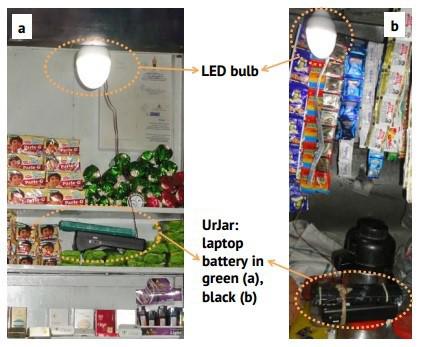
According to the research IBM, about 70% of emitted notebook batteries can be reused. To check their hypothesis the researchers tested more than 30 laptop-batteries that more than 3 years have been used in Indian companies and deemed unfit technical staff.
It turned out that most of the proven capacity laptop battery was lower than the original, but enough to work as an energy storage project Urjar.
In 70% of the tested batteries, as mentioned above, the capacity was not lower than 50% of the original. Being assembled in such a battery can provide daily coverage of 4:00 per year, using LEDs.
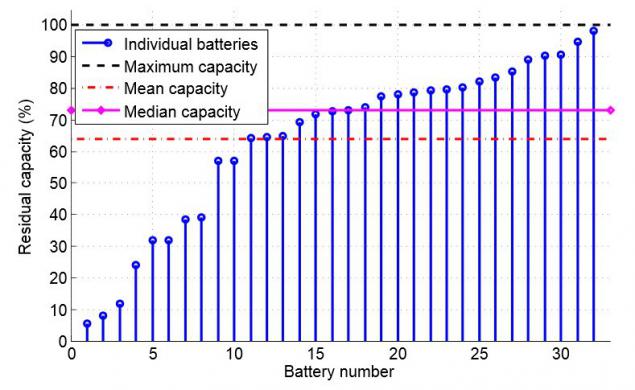
The device design Urjar
According to specialists IBM, the cost is approximately UrJar 600 rupees (10 US dollars). Developers gave popolzovavshis UrJar several volunteers, who as a result said that they would like to buy UrJar for themselves. After creating a device developers chose 25 volunteers (out of a total number of applicants), who lived far from stationary sources of energy, and which was necessary independent source of home lighting and power supply for battery chargers. After some time working with UrJar volunteers were asked how much they would pay for the device. The answer was - Rs 1,000 (about $ 16).

At IBM emphasize that the project - a non-profit, and its original data can be used at their discretion a >. If the project will be widely distributed, it will help reduce the amount of batteries thrown into the garbage, and increase the number of portable devices that can be used for lighting, charging the phone and cool the house owner.
Source: geektimes.ru/company/ibm/blog/243029/
4-second clip from wearable camera will identify the owner
Search for planets using a digital camera




